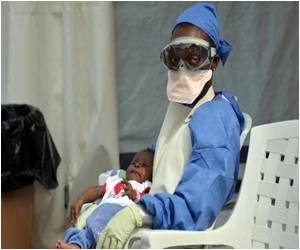Recent study from Keck Medicine of the University of Southern California (USC) bolsters evidence that exposure to tobacco smoke and near-roadway air pollution contribute to obesity.

"Vehicle miles traveled, exposure to some components of the near-roadway air pollutant mixture, and near roadway residential development have increased across the United States over the last several decades corresponding to the epidemic of childhood obesity," said Rob McConnell, M.D., professor of preventive medicine, Keck School of Medicine of USC and lead author on the study. "The potential for near-roadway air pollution to be among several factors contributing to the epidemic of obesity merits further investigation."
The research builds on previous studies showing that exposure to secondhand smoke and particulate air pollution cause heart and lung disease.
Childhood obesity has doubled in children and quadrupled in adolescents in the past 30 years, according to the Centers for Disease Control and Prevention (CDC). Obese youth are more likely to suffer from health challenges, including high cholesterol, high blood pressure, diabetes, bone and joint problems, social stigmatization and self-esteem problems. Obesity for children is defined by the CDC as a BMI at or above the 95th percentile for children of the same age and sex.
The USC study examined exposure of more than 3,000 children to tobacco smoke during their mothers' pregnancy and to secondhand smoke, as well as air pollution effects from busy roadways, and looked for associations with body mass index. The children were enrolled at age 10 in the Southern California Children's Health Study, started in 1992 to study the long-term effects of air pollution on children. The children were followed yearly over an eight-year period through high school graduation at age 18. Most of the children were non-Hispanic white or Hispanic.
The researchers estimated near-roadway pollution exposure, taking into account traffic volume, how close the children lived to roadways and predominant wind direction. At study entry, a parent-completed questionnaire was used to determine lifetime tobacco smoke exposure.
Source-Eurekalert
 MEDINDIA
MEDINDIA




 Email
Email










